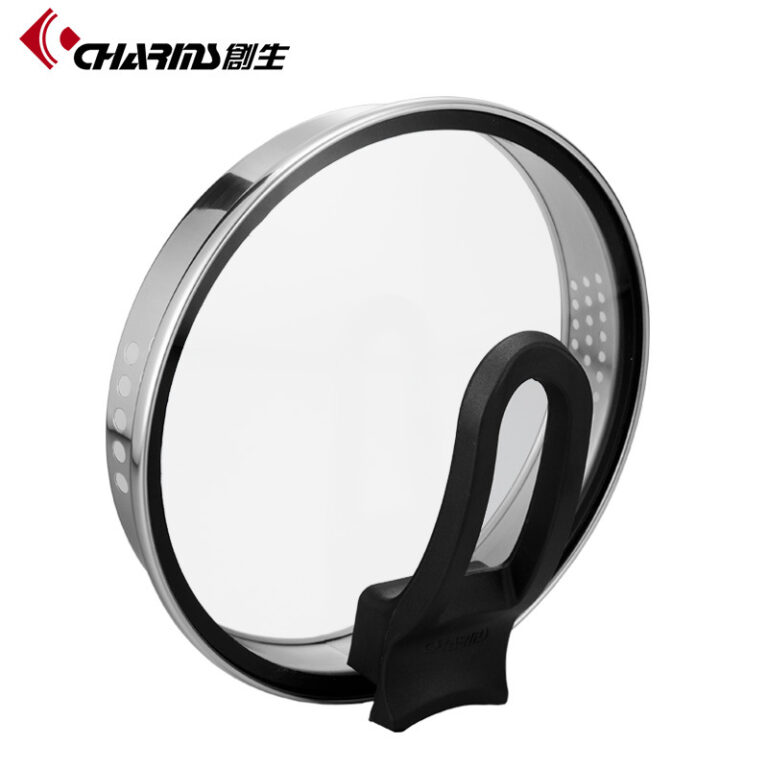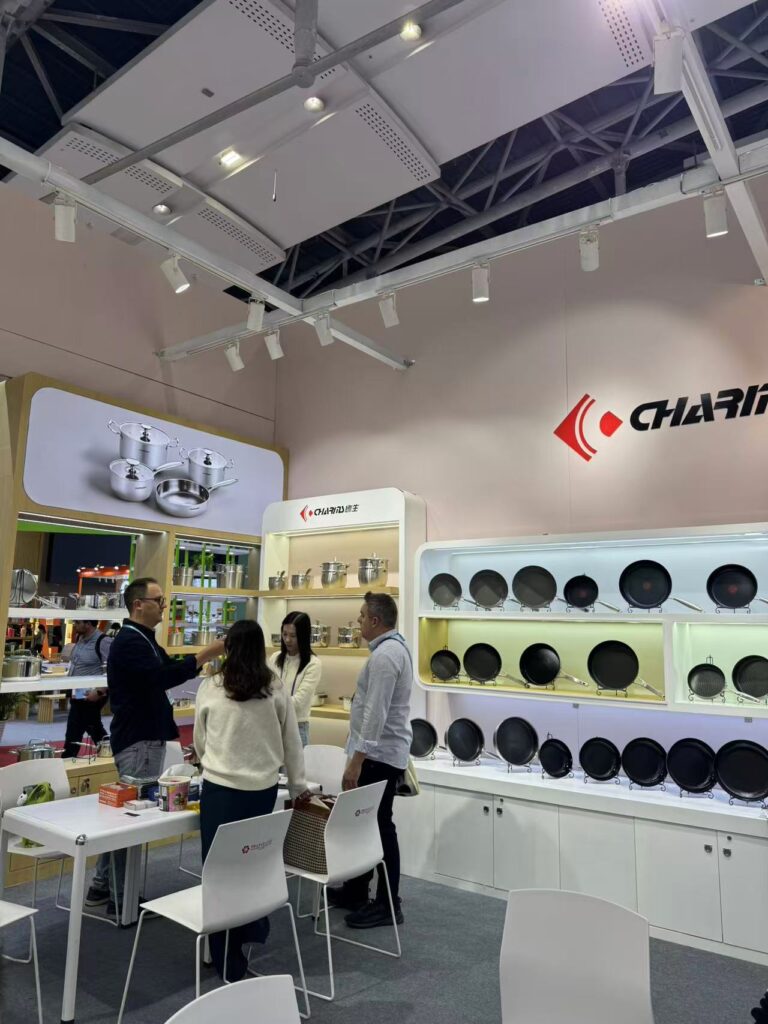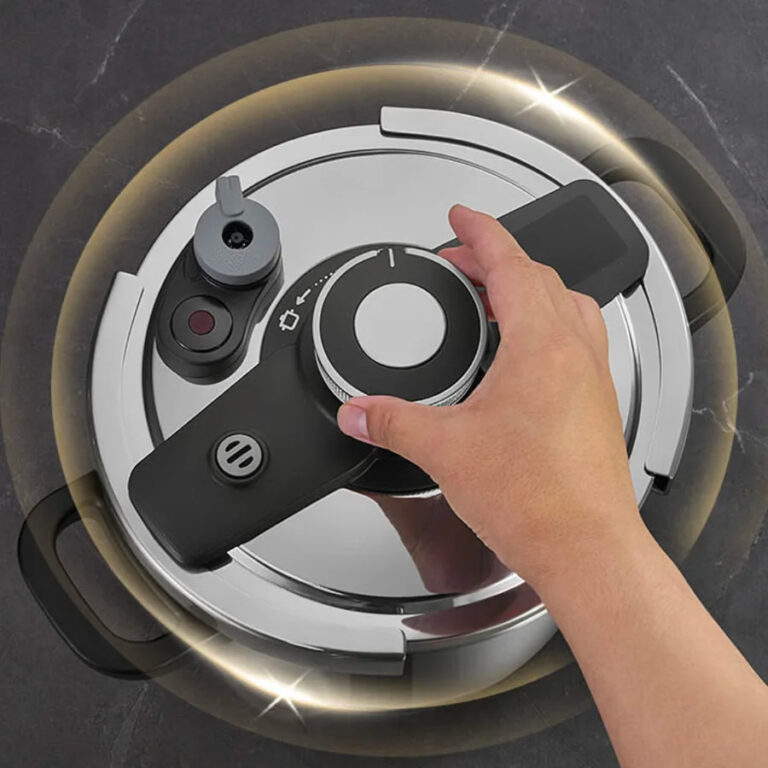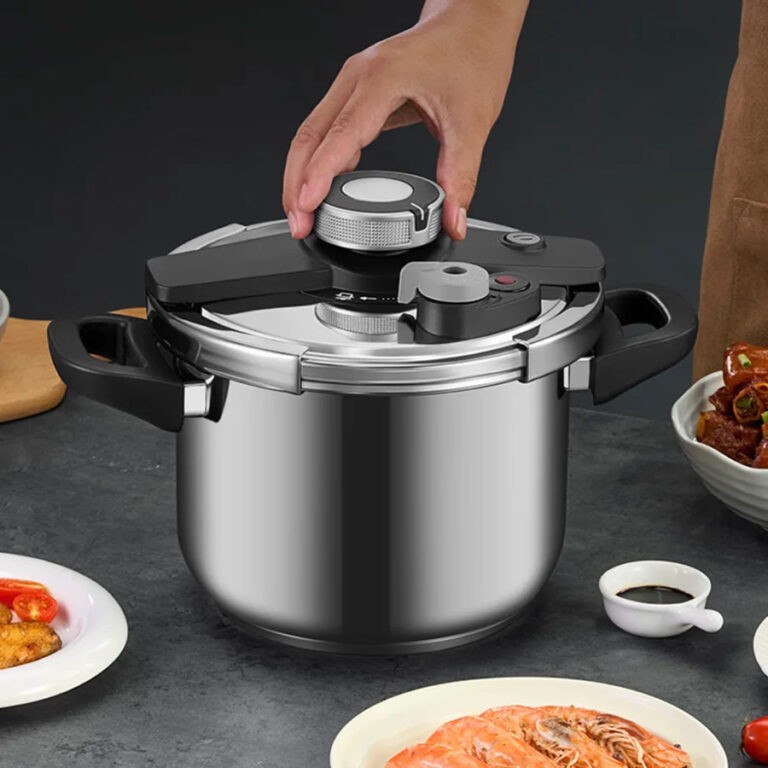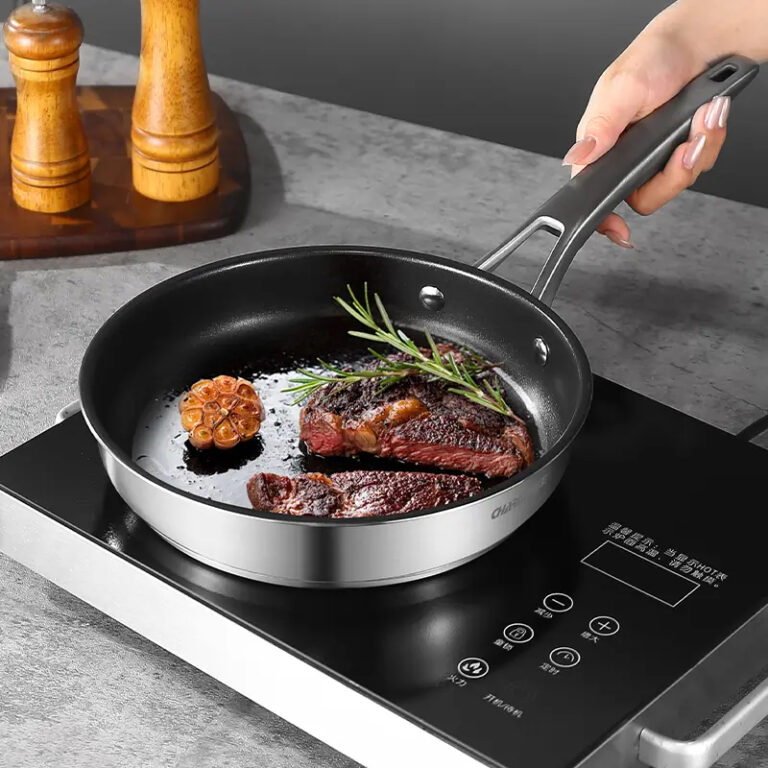Cooking outdoors is both beneficial and challenging. A tool suitable for outdoor use can turn a simple campfire into an unforgettable dining experience. Many campers wonder if a stainless steel pot is a good choice for cooking outdoors.
The answer is not only affirmative but also more subtle than a simple suggestion. Of course, you need to consider whether stainless steel is suitable. You can look at the weight, durability, heating performance, and overall convenience. In this article, drawing on years of experience in stainless steel cookware, combining industry expertise with real-world stories, we will delve into what makes stainless steel cookware a strong competitor in outdoor cooking.
Whether you are an individual or a wholesaler, I hope this article is helpful to you!
Table of Contents
Toggle1. Which stainless steel pots are best suited for camping?
Among so many stainless steel cookware items, how to choose one? For outdoor cooking, the best choice is lightweight yet sturdy, with a multi-layered bottom that can prevent hot spots. POTS with folding or detachable handles are particularly convenient and save your backpack space. A set of nested cookware, where small POTS can be neatly placed in large ones, is perfect for campers who value portability.
A good example is a compact soup pot with a thickened base and reinforced side walls. Although you may prefer heavier options at home, outdoors, you will appreciate the balance between durability and portability.
Charms Cook has several designs specifically for outdoor use!
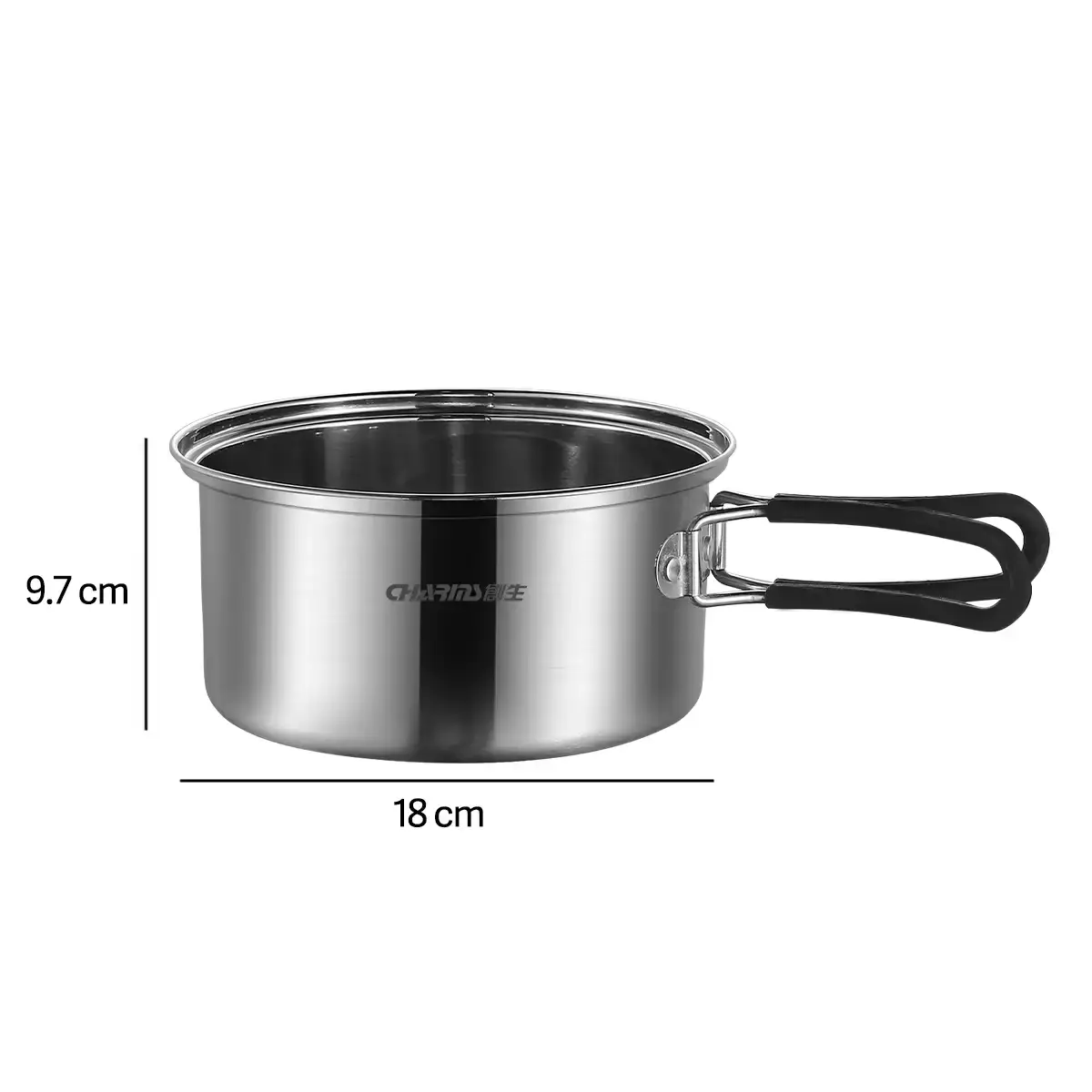
2. Are stainless steel pots too heavy to carry on outdoor trips?
Weight is often the biggest hesitation for campers considering stainless steel. Aluminum and titanium are lighter, but stainless steel isn’t as impractical as some assume. A typical medium-sized stainless steel pot weighs only a few hundred grams more than its aluminum equivalent. For short hikes, family camping, or car camping, this difference is barely noticeable.
The trade-off is that stainless steel is much stronger and less prone to damage. While aluminum cookware may bend if packed with heavy gear, stainless steel maintains its shape. Titanium offers strength with lighter weight, but at a significantly higher price.
For long backpacking trips where every ounce counts, titanium is often the go-to material. But for most camping scenarios, stainless steel offers the right balance between durability, weight, and cost.
3. Do stainless steel pots heat evenly when cooking over a campfire or stove?
By itself, stainless steel doesn’t conduct heat as efficiently as aluminum or copper. However, modern designs overcome this issue with layered construction. Multi-ply stainless steel cookware includes a conductive core, often aluminum or copper, that distributes heat evenly across the bottom.
This feature is especially important when cooking over inconsistent heat sources like campfires. Without it, food might burn in one spot while remaining raw in another. With a quality stainless steel pot, the results are different — steady simmering and more predictable cooking times.
For example, while testing a layered stainless steel saucepan over a portable gas stove, I cooked oatmeal for a group on a chilly morning. The heat distribution was even, avoiding the scorching that often happens with thin aluminum pans. That kind of reliability makes stainless steel a favorite not only for campers but also for professional kitchens.
4. Are stainless steel pots durable enough for rugged camping conditions?
Durability is where stainless steel shines brightest. Outdoor conditions can be unpredictable: rough handling, rocky ground, direct fire exposure, and sudden weather shifts. Stainless steel handles all these conditions without bending, warping, or cracking.
One expedition I observed involved a group traveling through remote mountainous terrain. They relied on stainless steel pots daily — boiling snow for drinking water, frying meat over open fires, and even using the pots to store cooked food overnight. Despite the harsh treatment, the cookware returned in excellent condition, proving stainless steel’s resilience in extreme environments.
This level of toughness means campers can use the same set of cookware for years without replacements, saving time and money in the long run.
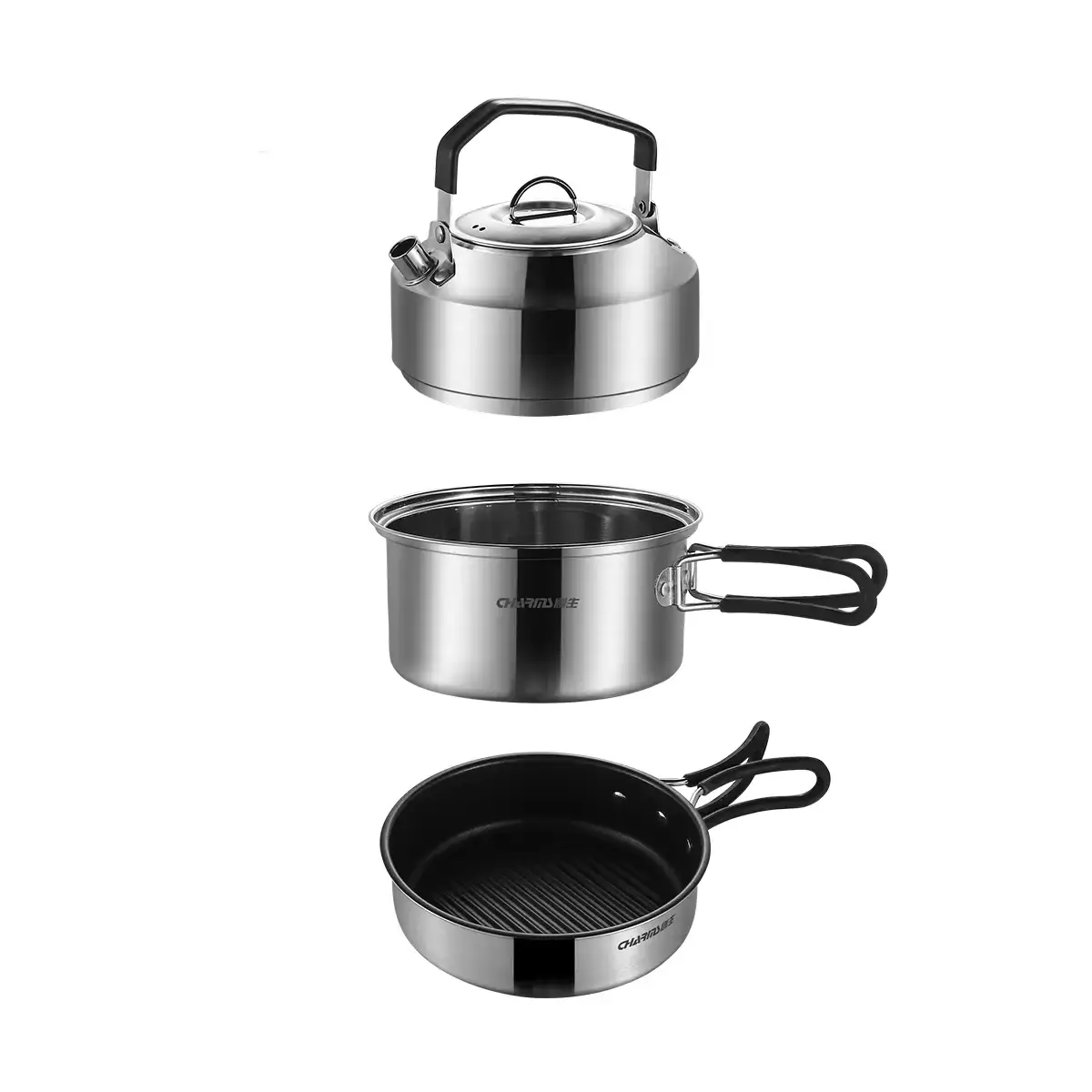
5 . How easy are stainless steel pots to clean in the outdoors?
Cleaning cookware without access to running water can be challenging. Fortunately, stainless steel’s smooth surface makes it easier. Most food residue can be wiped away with a cloth after soaking in hot water. For tougher stains, natural sand or biodegradable soap works effectively.
Another key benefit is that stainless steel doesn’t hold onto flavors or odors. You can cook fish in the evening and oatmeal in the morning without lingering smells. This is a practical advantage when carrying limited cookware, since it allows one pot to serve multiple purposes without cross-contamination.
6. Are stainless steel pots safe for cooking acidic or oily foods?
Yes, stainless steel is completely safe for cooking acidic foods such as tomato sauces or lemon-based marinades. Unlike untreated aluminum, it does not react chemically with acidic ingredients, so there is no risk of metallic flavors leaching into your meals. This makes it a trusted option for diverse recipes.
It is equally well-suited for frying or sautéing oily foods at high temperatures. Stainless steel resists corrosion and maintains stability under heat, ensuring safety even during extended cooking sessions. Whether you’re preparing a simple vegetable stir-fry or a rich curry, stainless steel maintains flavor integrity.
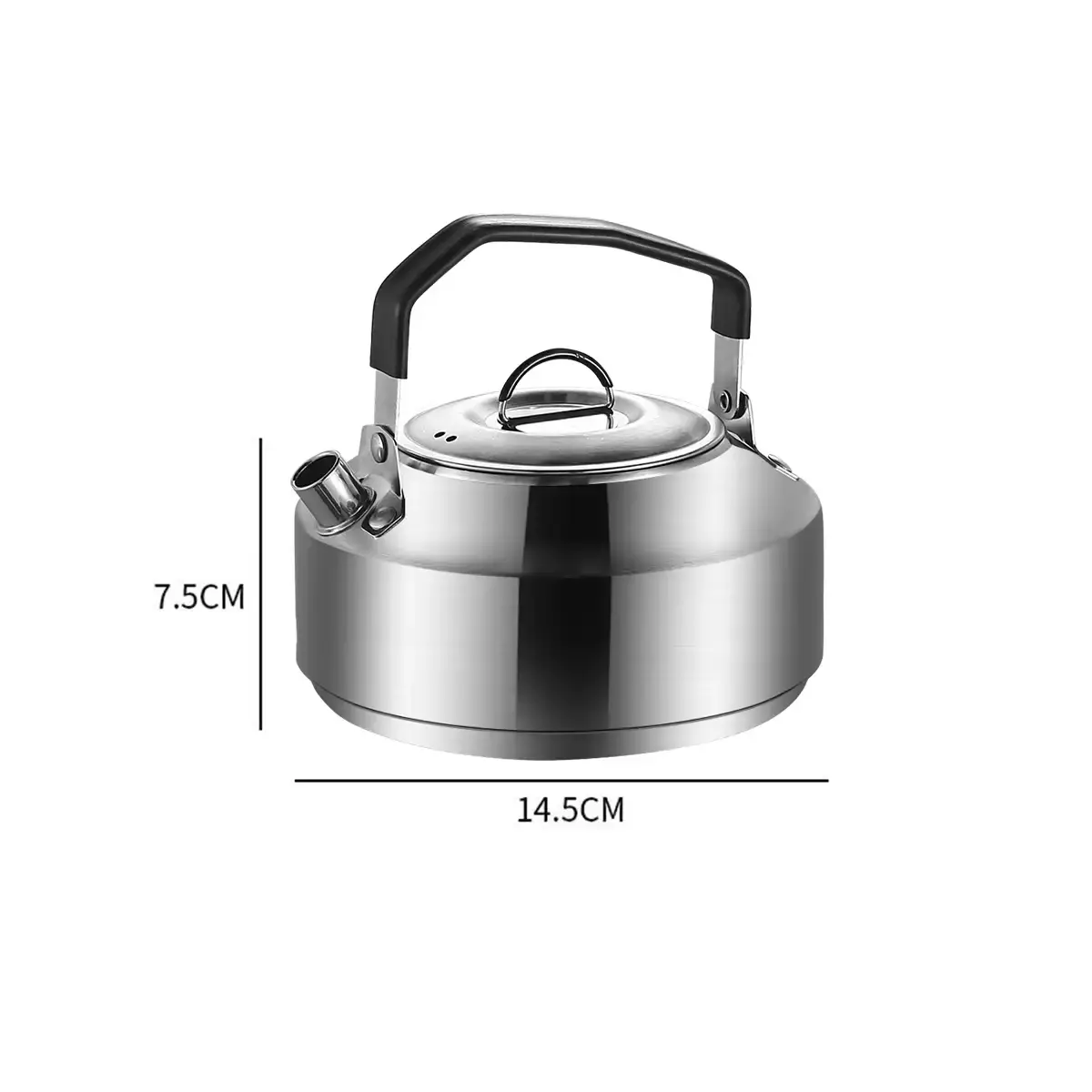
7. Are stainless steel pots worth the investment compared to aluminum or titanium?
When considering the best cookware for camping, it’s natural to compare stainless steel with aluminum and titanium. Each material has its strengths, but the question is whether stainless steel justifies the choice over the others.
Aluminum is widely available and lightweight, making it attractive for budget-conscious campers. However, it is more prone to dents, scratches, and warping when exposed to direct flame or rough handling. Over time, frequent replacements can reduce its cost advantage.
Titanium stands out for being extremely light and strong. Ultralight backpackers often favor it because it reduces pack weight. The drawback is price — titanium pots can be significantly more expensive, and while strong, they sometimes have thinner walls that create hot spots and less forgiving cooking surfaces.
Stainless steel, by comparison, delivers a balance of affordability, resilience, and cooking performance. Though slightly heavier, it withstands years of use without structural damage. Its ability to cook acidic or oily foods safely, combined with even heating when layered with aluminum or copper cores, makes it versatile for nearly any type of outdoor cooking. In practice, investing in stainless steel often means you buy once and use it for many seasons, instead of replacing worn-out gear.
For most campers who want reliability without overspending, stainless steel is not just worth the investment — it’s often the most practical long-term choice.
8. Conclusion
Stainless steel pots are a smart choice for outdoor cooking, offering durability, safety, and versatility. They might not be the lightest option, but for most campers, the advantages far outweigh the drawbacks. From simmering soups to frying fish, stainless steel performs reliably in a wide range of conditions.
At Charms Cook, we understand these needs deeply. That’s why our product line includes cookware sets, frying pans, hot pots, pressure cookers, saucepans, steamers, stock pots, and woks — designed to meet the demands of both home kitchens and outdoor adventures.
If you are interested in our products, please contact us!


